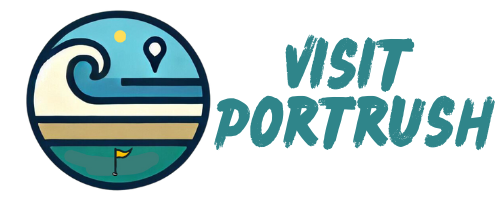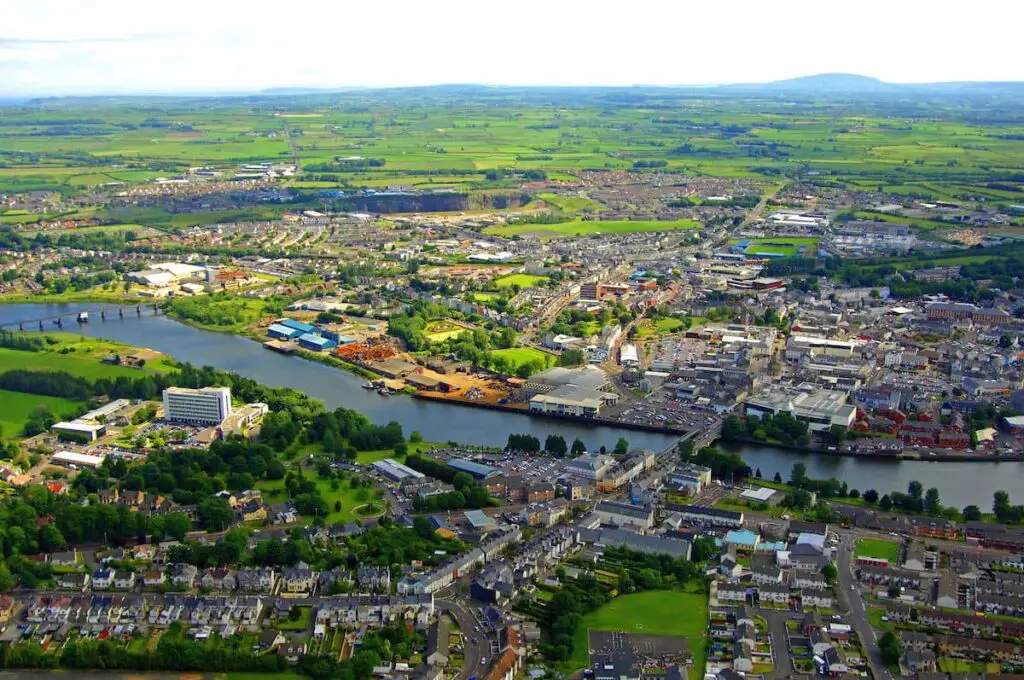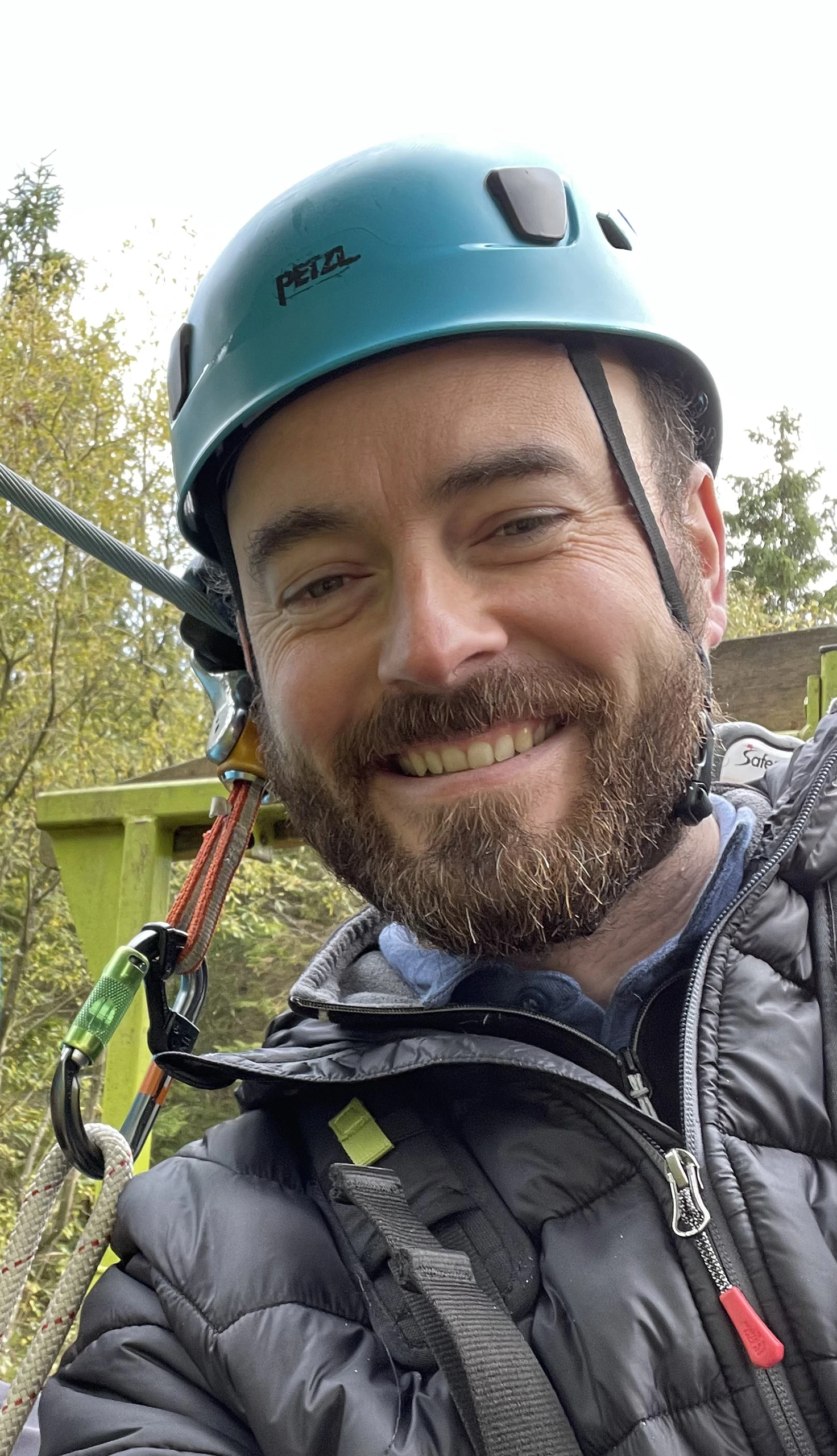Guide to Coleraine
Seen as the informal capital of the Causeway Coast on the northern coast of Northern Ireland, Coleraine has great historical significance and provides all the modern amenities you may need.
According to the 2011 Census, the population of Coleraine was 24,634.
Coleraine is usually bustling during the day but becomes quieter at night. The towns of Portrush and Portstewart are nearby and collectively form an area called “The Triangle”, known for its nightlife.
The town is busy all year round and is thriving as it is a favourite destination of many International and National visitors who visit the Causeway Coast. Coleraine is also very close to many of the world’s most impressive pristine beaches, natural attractions, and coastal views.
In the 1960s a Coleraine was chosen as the location for a new university campus, as part of what has become the new Ulster University, the first outside of greater Belfast. This brought and continues to bring many students to the area each winter to the causeway coast and glens areas. They mostly stay in Portstewart or on the University Campus, as such a railway station was built opposite the east entrance.
The local football club plays a significant role in the community, fostering support and organizing activities that bring residents together.
What Does The Name “Coleraine” Mean?
Cúil Raithin or Coleraine means “Nook of Ferns” and St Patrick gave the town its name. It is home to 25,000 inhabitants and the peaceful town lies on the longest river in Northern Ireland, the River Bann.
Coleraine Town Centre – The Diamond Centre
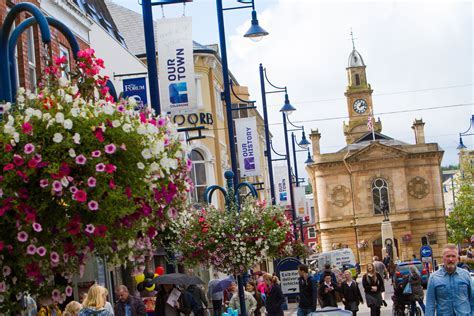
Coleraine Diamond
The official town centre is known as ‘The Diamond Centre’ and this area is usually bustling with people. The impressive sandstone Town Hall was built in 1859. Also known as ‘Tidy Town,’ Coleraine has won several awards and there are numerous of places to sit and watch the world go by among the dazzling floral displays.
Shopping in Coleraine
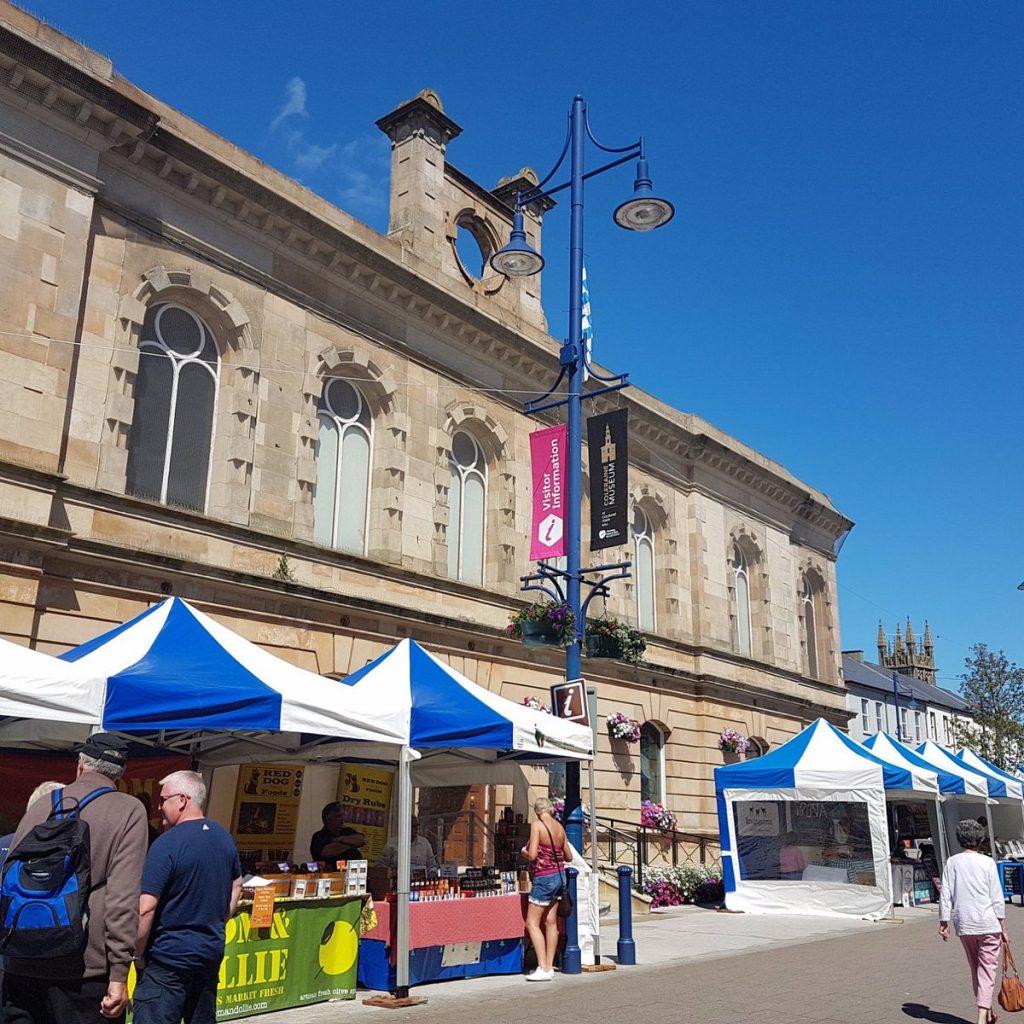
Shopping in Coleraine is pleasurable and safe due to the town centre only being open to pedestrians. Several high street chain stores have shops in Coleraine and this is supplemented by many cafes, independent local businesses, pubs, and restaurants. The locals love the two independent department stores, Dixons and Moores, as these provide great all round shopping for everyone. They each have a restaurant and have been part of the local scenery for many years.
Culture and Leisure
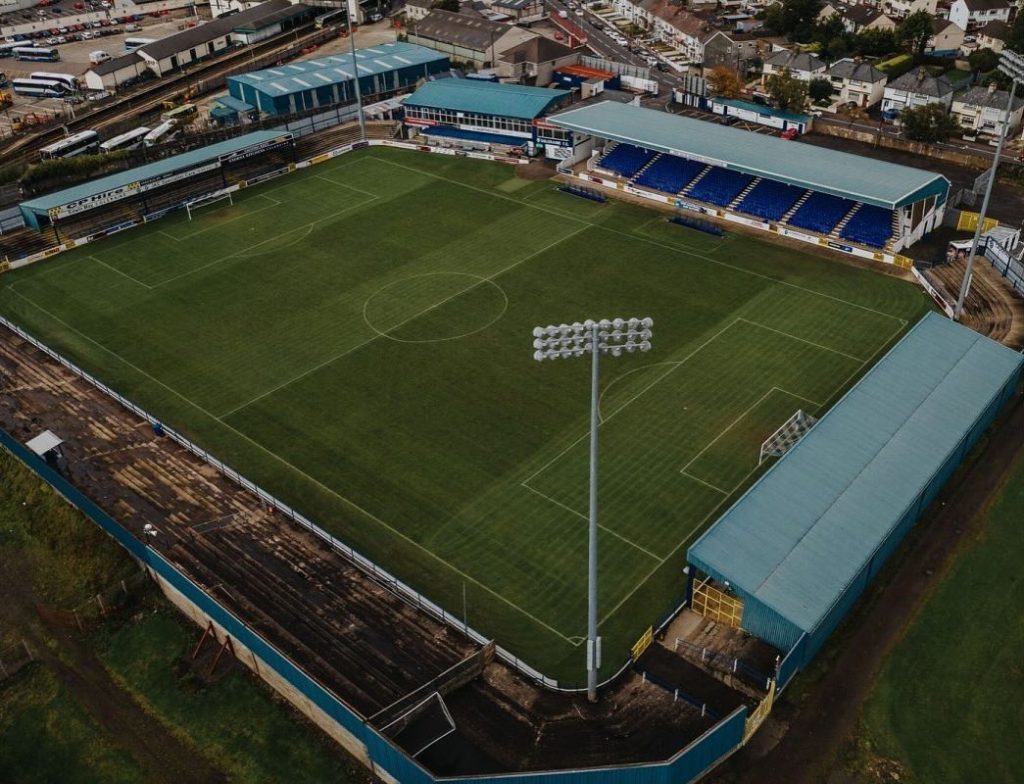
There are many opportunities for both outdoor and indoor leisure pursuits. There is a leisure centre in town that is open 7 days per week and offers a gym, pools, sports hall, café, and health suite.
In Coleraine, you can indulge in many forms of outdoor activities, including swimming, soccer, gliding, cycling, fishing, water sports, archery, sky diving, rugby, climbing, snorkelling, tennis, clay pigeon shooting, athletics, surfing, diving, bowling, putting, golf, boating, orienteering, and pony trekking.
A choice of three main local parks may be visited, and each offers something different for visitors. There are also many coastal, inland, parkland, and forest walking trails around Coleraine. Additionally, the coleraine find highlights various educational opportunities, guiding potential students to discover courses and programs offered in the area.
The Arts and Entertainment
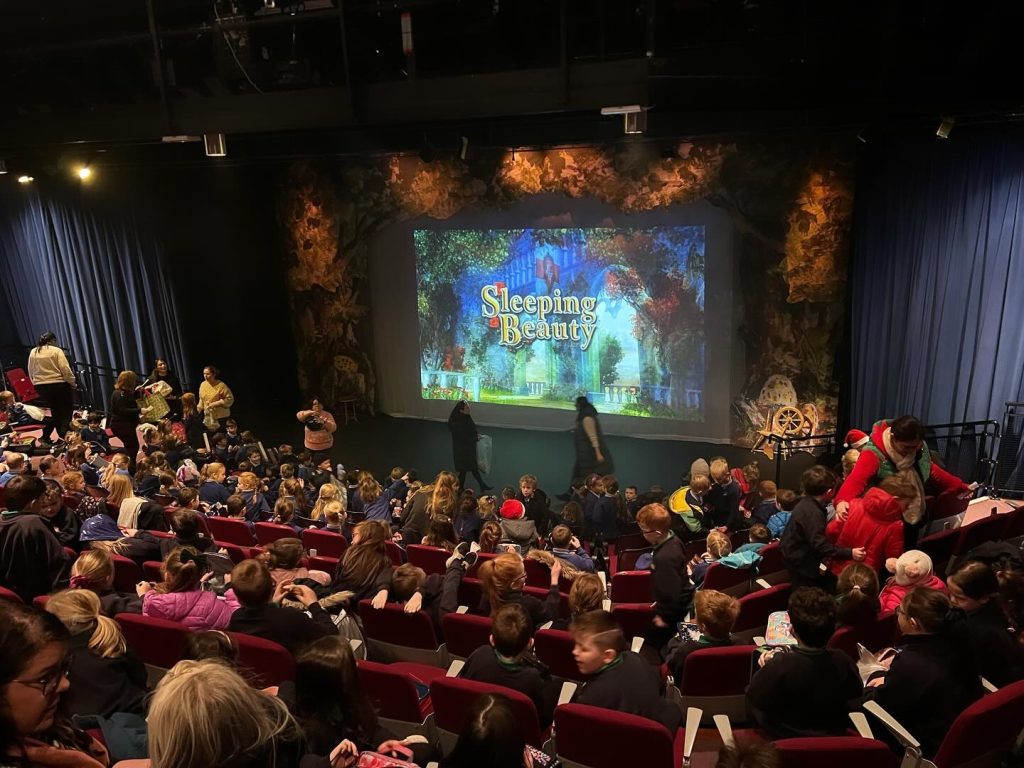
The North Coast’s Premier Entertainment Centre, Jet Centre is a hugely popular local attraction. It is situated over the new bridge, on the road west to Londonderry and just off the roundabout. This indoor complex offers entertainment for children and adults alike. The centre features ten-pin bowling, multiple cinemas, a pool hall, a diner, and an amusement arcade.
Jet Centre is also home to ‘Alley Cats,’ a massive indoor climbing play park with nets, ropes, balls, and slides, offering endless thrill possibilities for children. You will also be able to enjoy a cuppa and relax whilst being right next to the action.
One of Northern Ireland’s oldest professional theatres, Coleraine’s Riverside Theatre, is well-loved and known. It offers world-class entertainment as well as Outreach, an excellent youth drama programme.
The theatre is operated jointly by the Borough Council and the University of Ulster, and several excellent, well-known actors have at some stage performed there. These include one such local hero, James Nesbitt. In 1978 he gave an exceptional performance in Oliver as Fagin, and his international career continues to go from strength to strength.
Coleraine Tempestuous History
Coleraine and the surrounding area have significant historical value as it is the first known settlement of humans in Ireland in about 5935 BC. At the start of the 17th century, it also became the first town in the ‘Plantation of Ulster’. As you explore the area, you will find plenty of evidence of this uncommon heritage.
Coleraine’s pre-plantation history is turbulent. At the time, Ireland was divided into kingdoms which were each governed by a Chieftain. Due to the clashes of Coleraine’s clans, the town was settled many times over the years.
In 1607, King James 1 colonised Ulster after the Flight of the Earls in what was known as ‘The Plantation of Ulster.’ The Honourable Irish Society’ was then formed to fund the building of a new fortified town. They were enticed by promises of timber and salmon fishing.
Coleraine Potted History
Mountsandel is a Mesolithic site that is dated from about 5935 BC and it contains some of the earliest evidence of human settlement in Ireland. Saint Patrick named the town after he was offered a piece of ground covered by ferns to build a church. A potted history of Coleraine can be found by visiting Coleraine Potted History
The Troubles
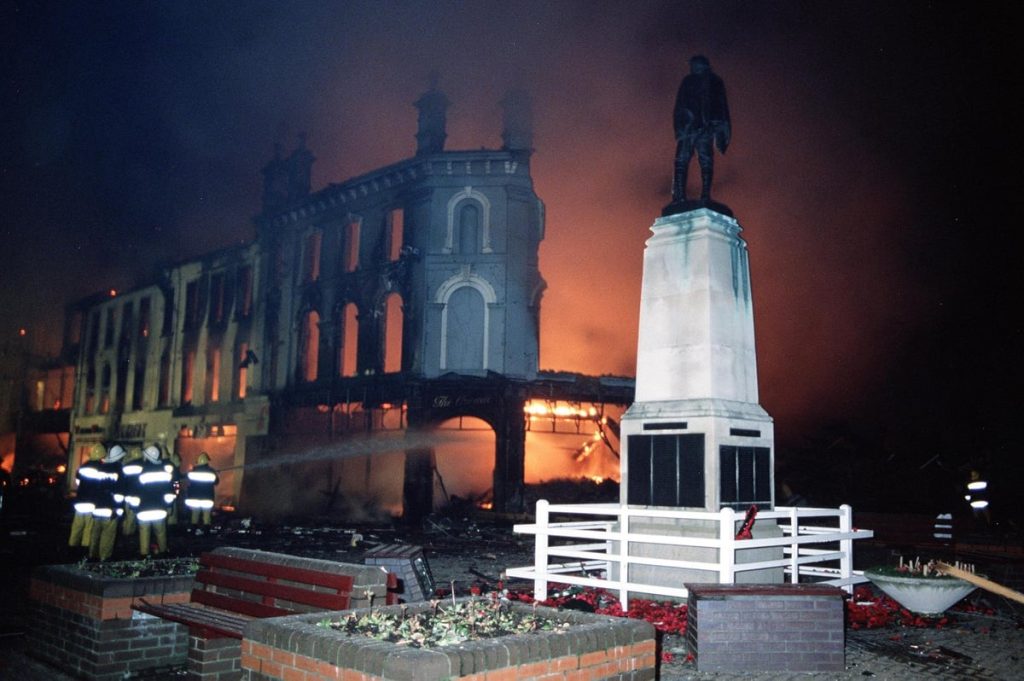
Coleraine in CountyLondonderry Northern Ireland saw 13 fatalities during the Troubles, ten resulting from two car bomb explosions with contrasting contexts.
On June 12th 1973, the Provisional Irish Republican Army (IRA) detonated a car bomb on Railway Road without providing an adequate warning. As a result, six Protestant civilians in their 60s and 70s were tragically slain. The second most deadly incident happened two years later, on October 2nd 1975; all four fatalities, in this case, were members of the loyalists.
Two civilians without links to paramilitaries were among the three people shot and murdered in Coleraine. Danny Cassidy, a Sinn Féin electoral worker, was identified as one of them. At the same time, the other two were believed to be targeted by the Ulster Freedom Fighters and the UVF.
Coleraine Today

Coleraine is nowadays an affluent large town that is accessed easily by bus, train, and car. As the town utilises a one-way system everywhere, the traffic moves smoothly and there are ample parking opportunities.
Coleraine has abundant walking trails, both in the town itself and in the surrounding parks, beaches, forests, rivers, and rocks. The world-class cycling tracks include the National Cycle Network, which opened in May 2001 and crosses the Millennium Bridge.
As the Atlantic Ocean and the River Bann are easily accessible, many types of water recreational pursuits are possible. Coleraine is a big town and is ready for City Status. It is also near Portstewart, Portrush, Castlerock, Bushmills, Ballycastle, and Portballintrae and within a few minutes drive to Carrick-a-Rede Rope Bridge, Giant’s Causeway, the Mussenden Temple, and Dunluce Castle.
Tourism
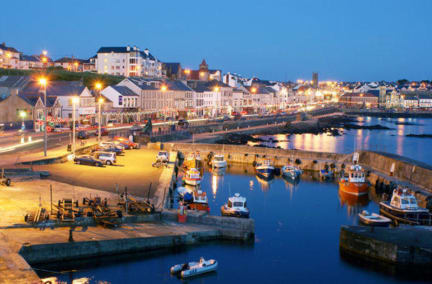
Coleraine, located close to the Causeway Coastal route, that attracted more than two million visitors annually.
Castlerock, a small village located northwest of Coleraine, is home to a beach which continues from the one found at Portstewart, separated by the mouth of the River Bann.
Portrush and Portstewart are just a few miles north of the town and are the main tourist attractions in the area. With a number of spectacular, Blue Flag, beaches, promenades and of course the famous Barrys (now Currys) amusements.
Mussenden Temple is also not far away. Frederick Augustus Hervey constructed the latter in the 18th century and has views of County Donegal and Scotland. Downhill House, the residence of Hervey and managed by the National Trust, suffered disrepair after WWII.
The Giants Causeway, The region is also home to the Giants Causeway a UNESCO World Heritage Site.
Carrick -a rede – The Ropebridge is only a few miles away on the Antrim Coast road and is a spectacular site to see.
Dunluce Castle – Th ruins of this Irish castle are know far and wide through its setting in many movies, tv programs and even music videos.
The North West 200
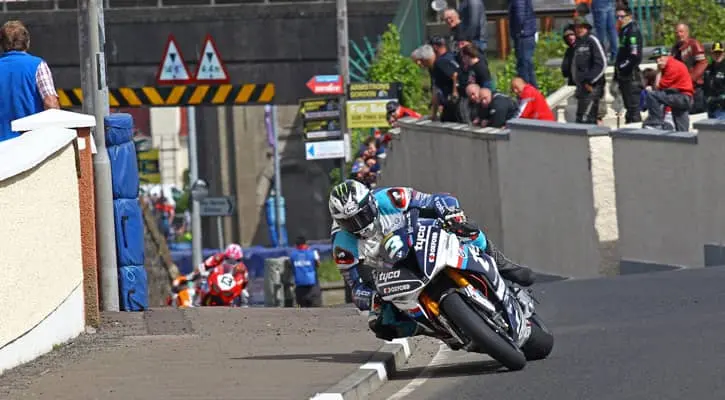
The Causeway Coast plays host to one of the fastest road races, in the world, the ‘North West 200′ every May. The public roads between Portstewart, Portrush, and Coleraine get turned into high-speed (up to 200 miles per hour) tracks, and it is one of the last of its kind in Europe.
The race is unbelievably thrilling to watch, and standing next to the roads presents the best views of the powerful bikes speeding by. The event makes for a busy time at the Causeway Coast, as an additional 150,000 people come to watch Ireland’s biggest outdoor sporting event every year.
Places of interest
The east side of the town is characterized by Mountsandel Forest, containing the ancient site of Mount Sandel fort. This has been identified as the oldest site of human settlement in Ireland, containing wooden houses dating back to 7000 BC. The fort can be reached through the Mountsandel forest near Coleraine Courthouse or another located two miles south of Mountsandel near the village of Loughan.
There is a Town tour, funded as part of the 400 year celebrations of the town by causeway coast and glens district council, with all of the historical buildings that can be found here
Mountsandel Fort
The remains of Mountsandel Fort can be found in the middle of the magnificent Mountsandel Forest. Now declared a State Care Historic Monument, the Fort dates back to 7000BC and the early Iron and Mesolithic Ages. It is located at the edge of a steep river bluff that drops into the River Bann on the side of the river opposite to the town.
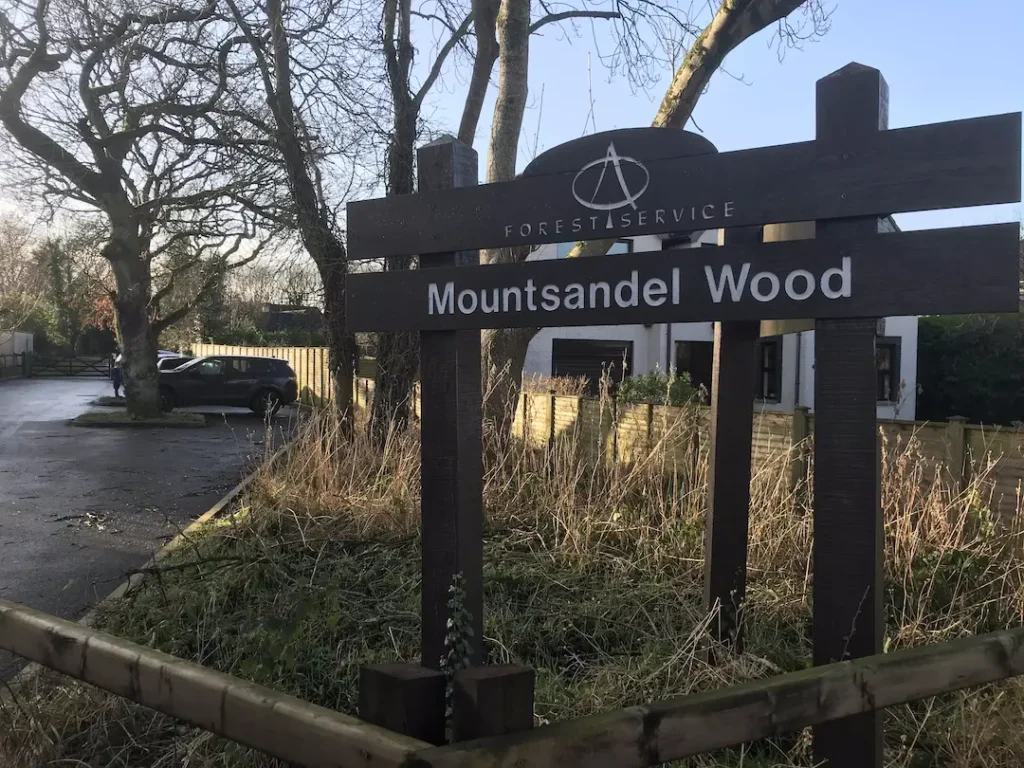
Mountsandel Wood
Mountsandel Fort can be reached via a 2-mile walking trail. As the trial is circular, either the upper or lower or path can be taken along the banks of the River Bann and through the forest.
Coleraine has been frequented in the past by Neolithic and Mesolithic man, Saints, Vikings, Norsemen, Chieftains, Barons, Earls, heroes and Rebels. Man has known for thousands of years that Coleraine is a stunning place to live!
Phoenix Peace Fountain
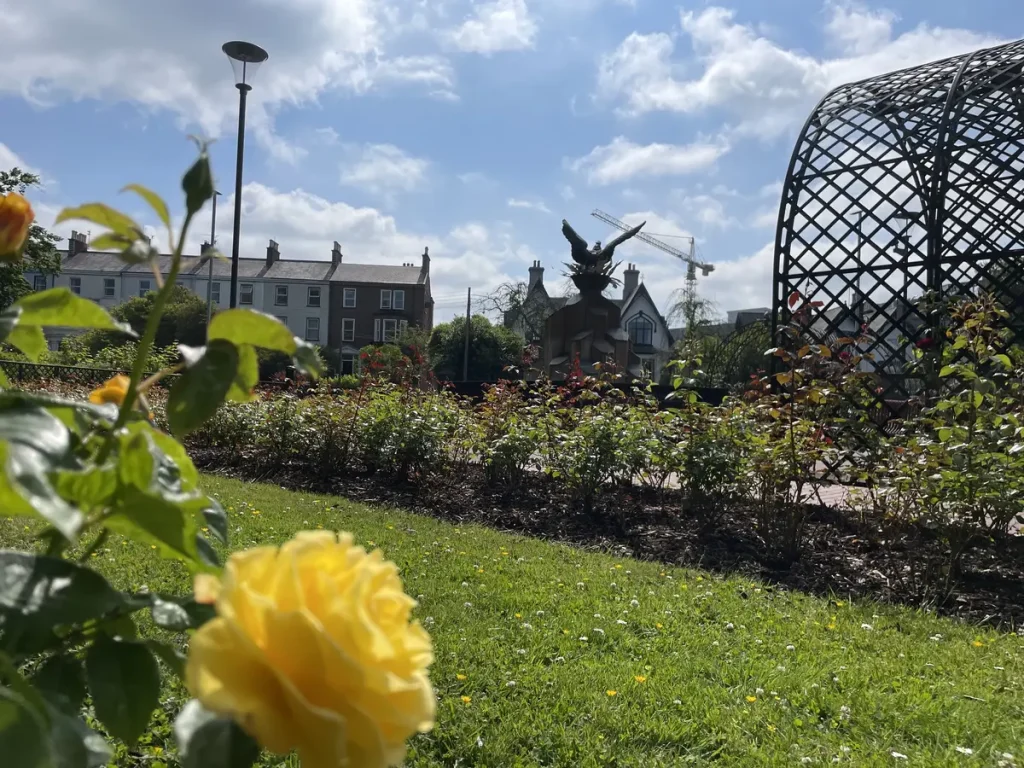
In Anderson Park the Phoenix Peace Fountain can be found for public enjoyment. Originally a gift from the USA, each symbol on Phoenix Peace Fountain has a specific meaning. To be able to read the full dedication on its six base platforms, you’ll have to walk completely around the fountain. The world famous Giant’s Causeway ancient rocks’ hexagonal shapes can be recognized easily.
The modern commercial harbour and Marina are a mile from town, in the direction of Portstewart and slightly off the main road. They offer excellent facilities that include powered moorings for sailing of all kinds, fishing, water skiing, and canoeing. Seven championship golf courses are also within a few miles of Coleraine.
Governance
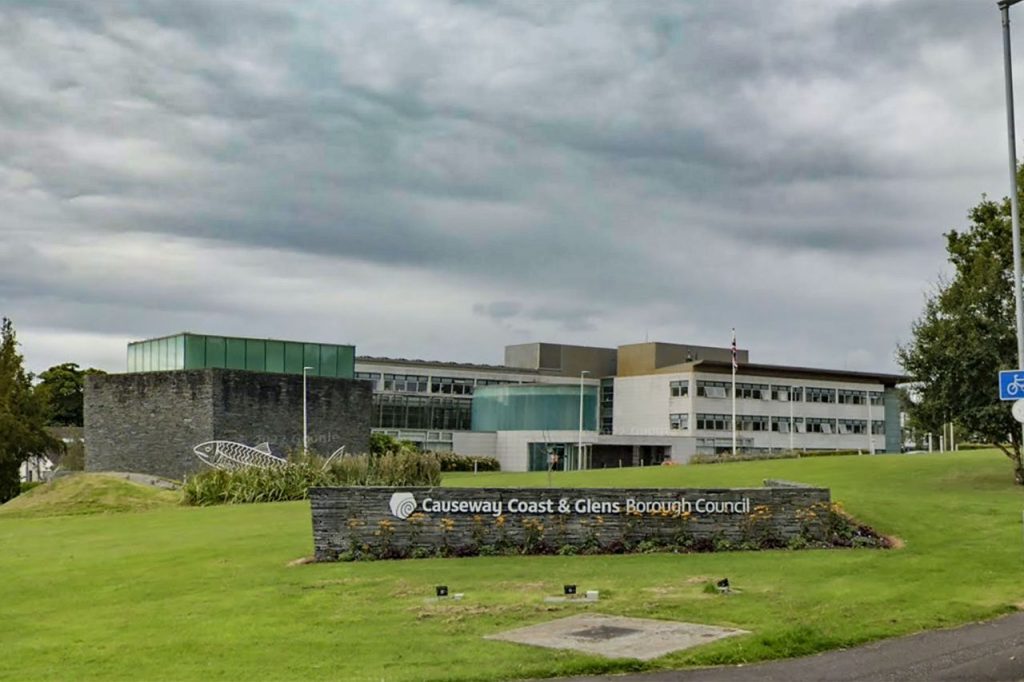
Coleraine was the headquarters of the Coleraine Borough Council until 2015 when it was merged into the Causeway Coast and Glens District Council. The latter is currently based in the former Coleraine Borough Council headquarters.
The East Londonderry constituency for Westminster Parliamentary and Northern Ireland Assembly elections comprises the Causeway Coast and Glens Borough Council area and the adjacent County Londonderry, even though parts of this constituency are located in County Antrim.
In 2014, the residents elected 3 councillors from the Democratic Unionist Party, 2 from the Ulster Unionist Party, 1 from the Progressive Unionist Party, 1 from the Northern Ireland Conservatives and 1 from the Social Democratic and Labour Party.
Climate
Coleraine’s climate is maritime, featuring cool summers and mild winters. The nearest Met Office weather station used to be at Ulster University Coleraine, but no records are available anymore. The nearest observing station is Magilligan, roughly 5 km away or the Giants Causeway roughly 9 km away. Rainfall typically peaks over 100 mm in October, while May has the lowest average of under 60 mm.
